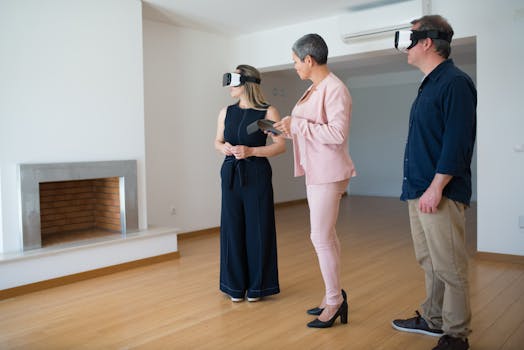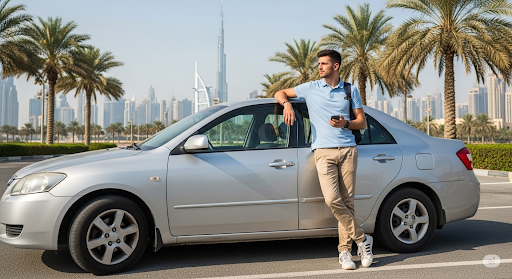
Smart Homes and Smart Living: The Technological Transformation of European Homes by 2025
Smart Homes and Smart Living is revolutionizing the way we live, work, and interact with our living spaces. By 2025, European homes are expected to undergo a significant technological transformation, making our lives more convenient, efficient, and sustainable. In this article, we will explore the current state of smart homes, the latest trends and innovations, and what the future holds for European homes.
Introduction to Smart Homes
Smart homes refer to residential buildings that are equipped with advanced technologies, such as home automation systems, Internet of Things (IoT) devices, and artificial intelligence (AI). These technologies enable homeowners to control and monitor various aspects of their homes, including lighting, temperature, security, and entertainment systems, remotely or automatically.
Current State of Smart Homes in Europe
According to a recent report, the smart home market in Europe is expected to grow significantly in the next few years, driven by increasing demand for energy efficiency, convenience, and security. Currently, many European homes are already equipped with basic smart devices, such as thermostats, lighting systems, and security cameras. However, the adoption of more advanced smart home technologies, such as voice assistants and home automation systems, is still in its early stages.
Latest Trends and Innovations
Several trends and innovations are driving the smart home market in Europe, including:
- Artificial intelligence (AI) and machine learning (ML)
- Internet of Things (IoT) and 5G connectivity
- Voice assistants and smart speakers
- Energy harvesting and energy efficiency
- Smart home security and surveillance
Future of Smart Homes in Europe
By 2025, European homes are expected to become even smarter, with the integration of more advanced technologies, such as:
- Augmented reality (AR) and virtual reality (VR)
- Biometric authentication and personalized experiences
- Autonomous systems and robotics
- Smart home energy management and storage
- Integrated smart home and city infrastructure
Conclusion
In conclusion, the future of European homes is smart, connected, and sustainable. With the rapid advancement of technologies, we can expect to see significant transformations in the way we live, work, and interact with our living spaces. As we move towards 2025, it is essential to stay informed about the latest trends and innovations in the smart home market and to be prepared for the exciting opportunities and challenges that lie ahead.




